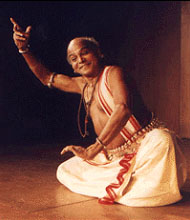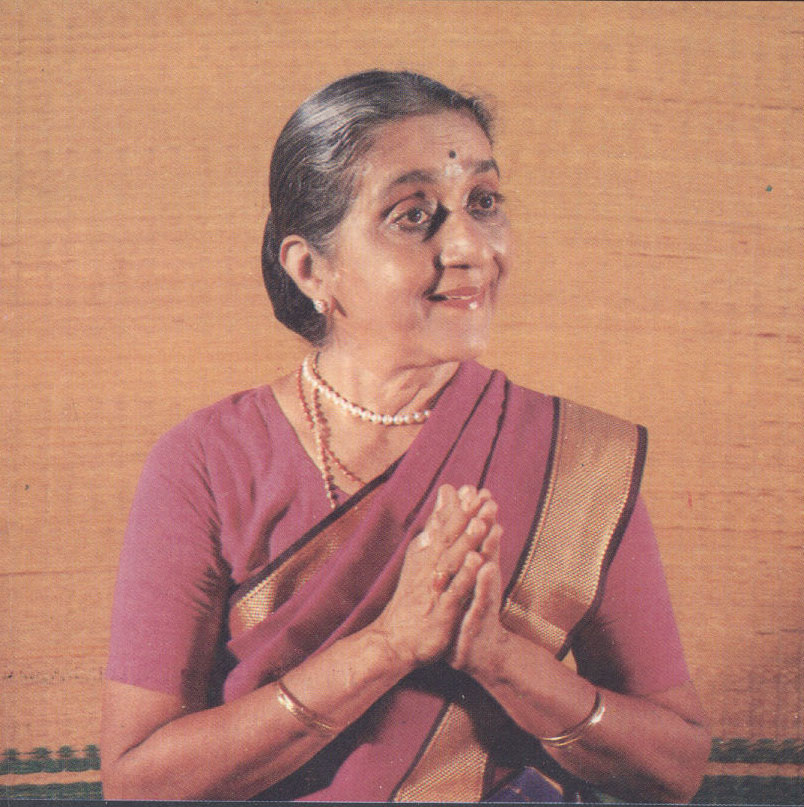Padmavibhushan Guru Kelucharan Mohapatra
 Among the many gems Orissa has produced in different fields of art through the centuries, one of the latest is certainly the Odissi Dance Guru Padmavibhushan Sri Kelucharan Mohapatra, born on 8th January 1926 at Raghurajpur, Puri. He has been the Guru of practically every contemporary Odissi dancer of note in the past and today. He started learning the Gotipua Nritya and Pakhawaj under the great Gurus, Mohan Sundar Deva Goswami and
Pankaj Charan Das at an early age. He performed with a Rasleela troupe before joining the Theatre.
Among the many gems Orissa has produced in different fields of art through the centuries, one of the latest is certainly the Odissi Dance Guru Padmavibhushan Sri Kelucharan Mohapatra, born on 8th January 1926 at Raghurajpur, Puri. He has been the Guru of practically every contemporary Odissi dancer of note in the past and today. He started learning the Gotipua Nritya and Pakhawaj under the great Gurus, Mohan Sundar Deva Goswami and
Pankaj Charan Das at an early age. He performed with a Rasleela troupe before joining the Theatre.
After Independence, Guruji started working independently to popularize Gotipua Nritya and the Mahari Dance. He received the Sangeet Natak Academy Award and was honoured with Padmashree, Padmabhushan, and Padmavibhushan, besides numerous other awards, accolades and recognition from all over the world.
Guruji is one of the main architects of the contemporary Odissi repertoire. The creative ability evident in his choreography has evolved through a systematic study of ancient manuscripts and Oriyan Sculptures (especially at the ancient temples in Orissa). Gurujiís style lays equal emphasis on precision and perfection in both tal and laya.
His sudden demise on 7th April 2004 will remain the biggest loss to the Odissi fraternity. Gurujiís attitude towards dance was, in essence, devotional; to him dance was not so much a vocation as it was an expression of life.
 Guru Shrimati Kalanidhi Narayanan (advanced)
Guru Shrimati Kalanidhi Narayanan (advanced)